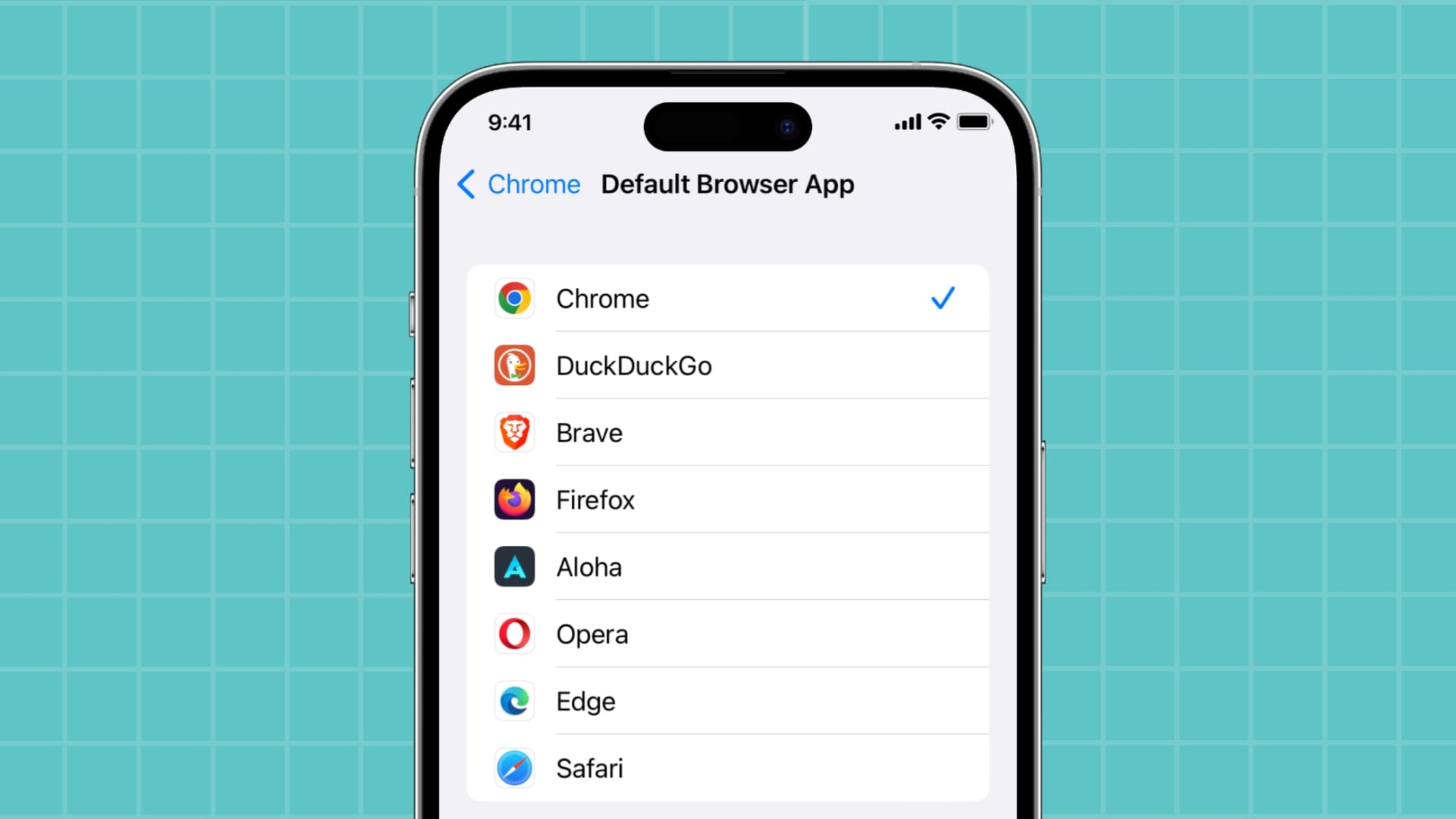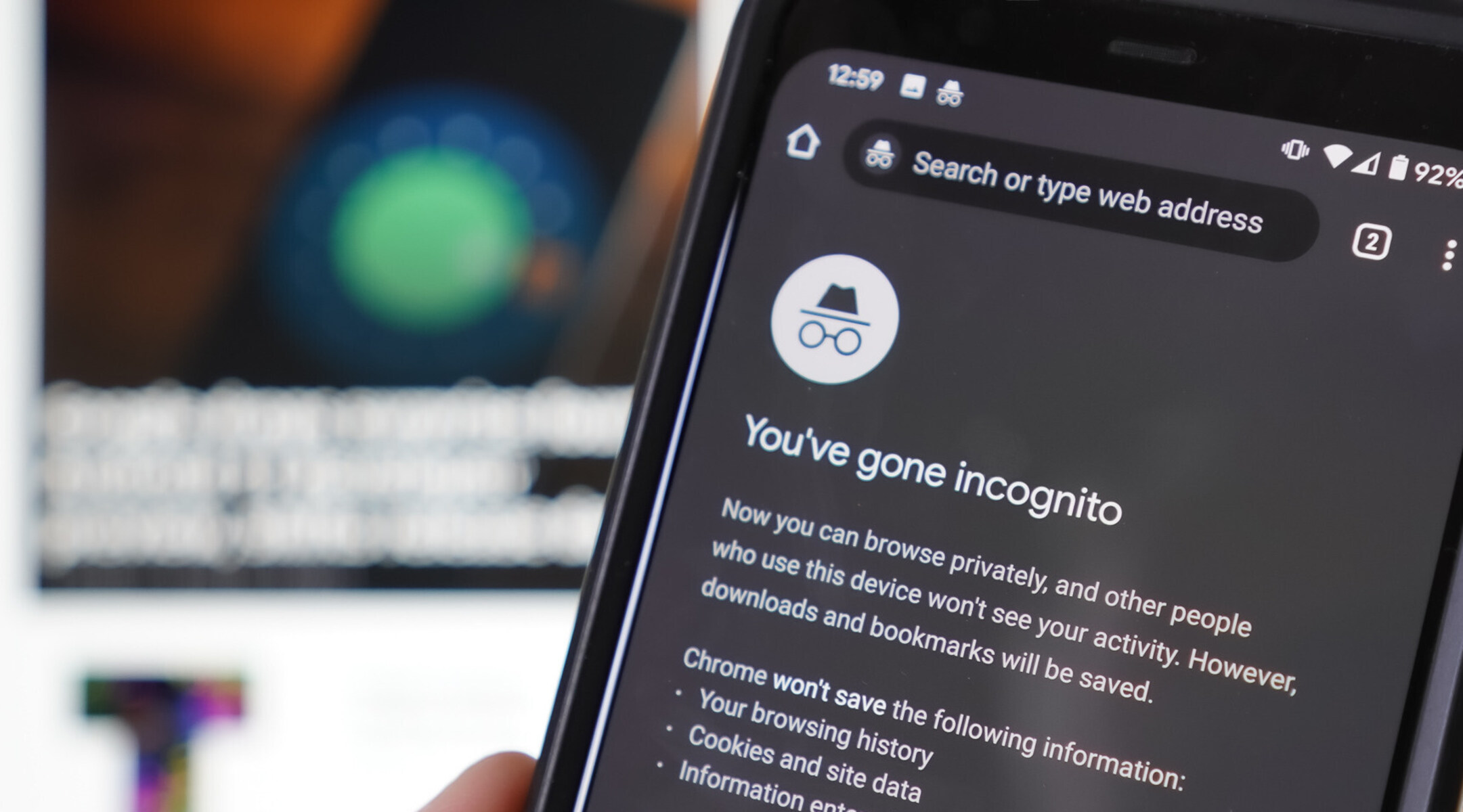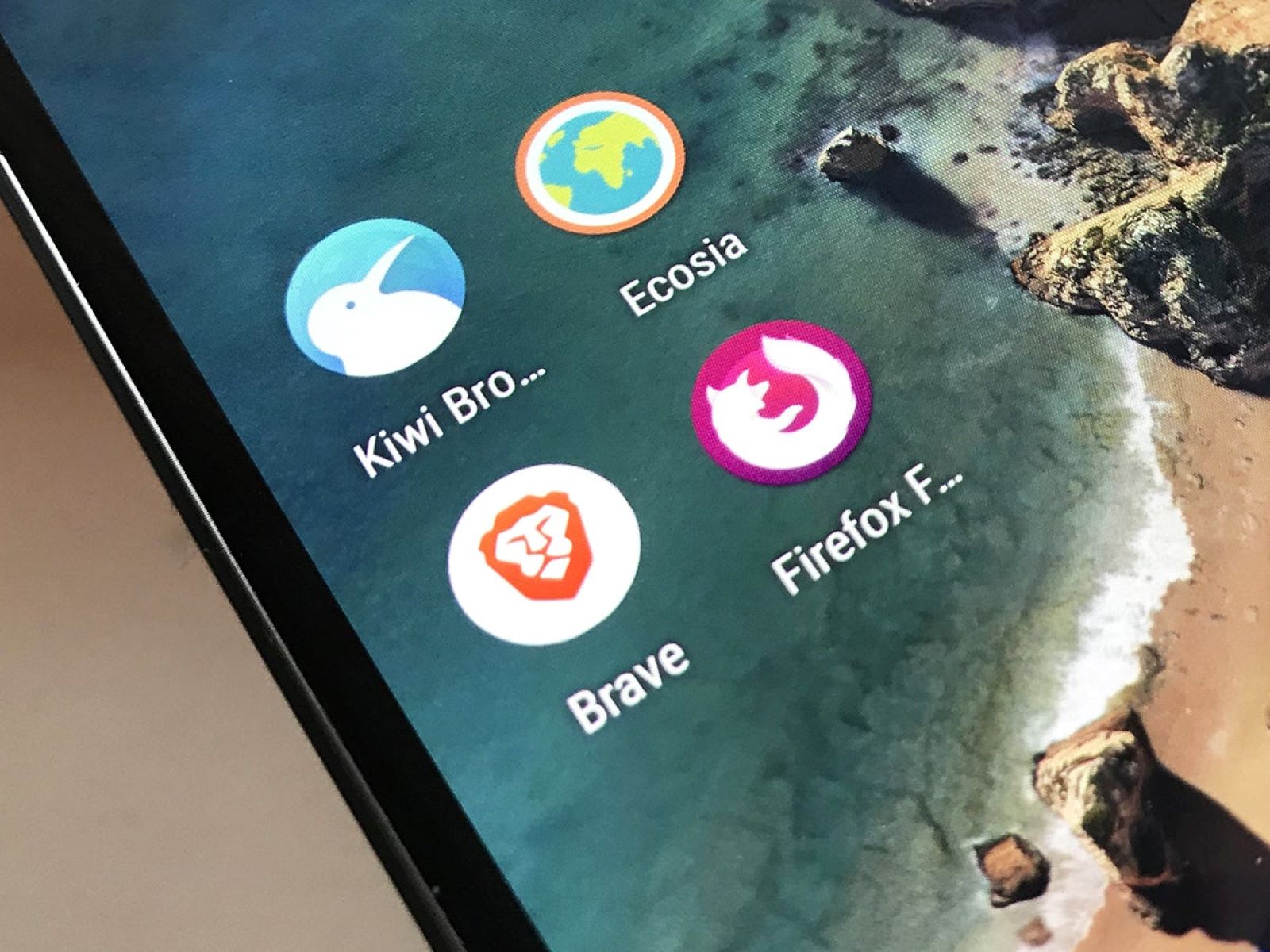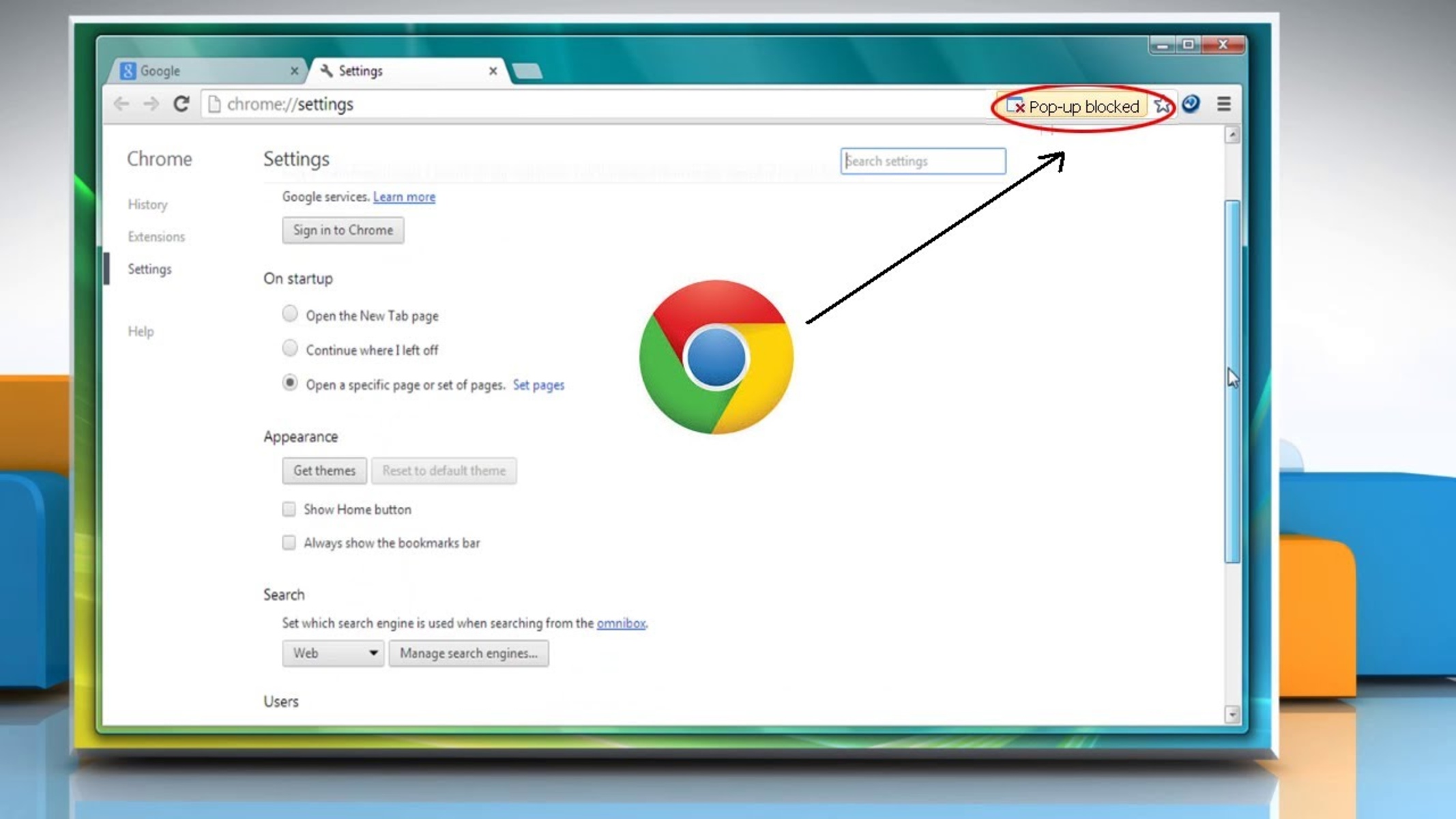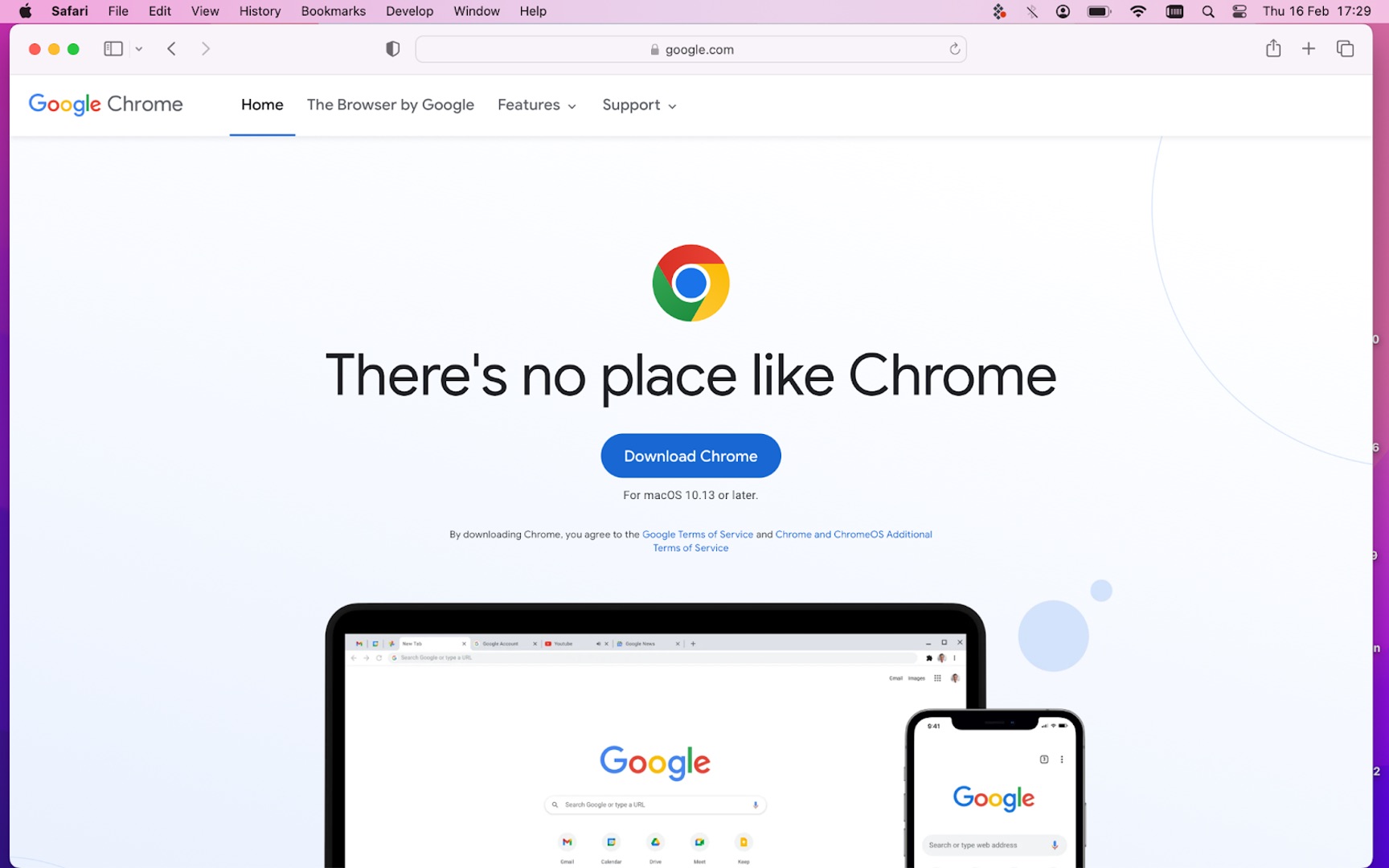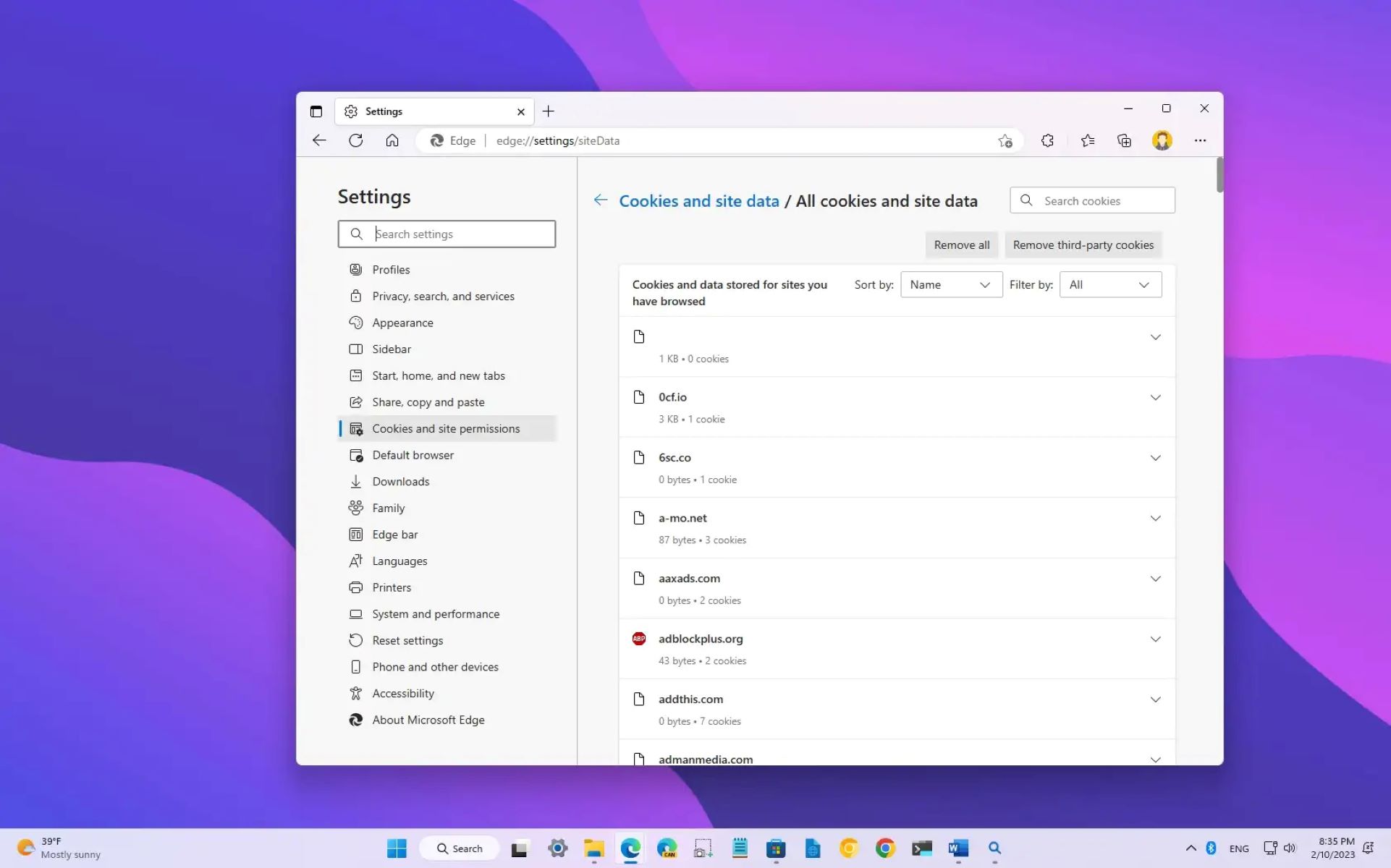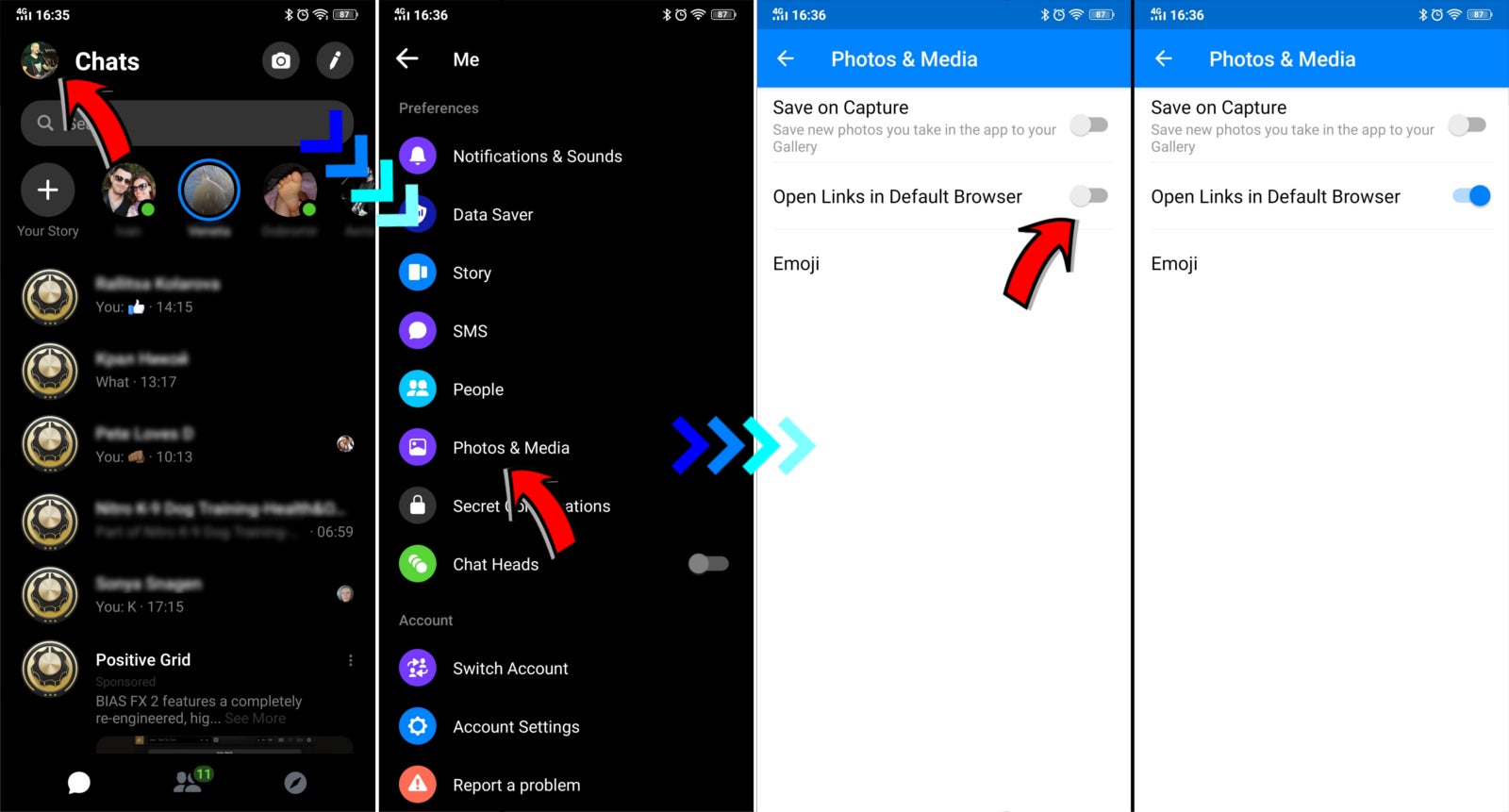Introduction
Switching from one web browser to another can significantly impact your browsing experience. If you've been using Safari as your primary browser and are considering making the switch to Google Chrome, you're in for a seamless transition. Google Chrome offers a plethora of features and customization options that can enhance your browsing experience, from its user-friendly interface to its extensive library of extensions and add-ons.
In this guide, we'll walk you through the process of transitioning from Safari to Chrome, ensuring that you can seamlessly migrate your bookmarks, settings, and preferences. By following the steps outlined in this article, you'll be able to make the switch without losing any of your essential data or customizations.
Whether you're making the switch for performance reasons, compatibility with certain websites and applications, or simply to explore a new browsing experience, this guide will provide you with the necessary steps to smoothly transition from Safari to Google Chrome. So, let's dive in and explore the process of changing your default browser and migrating your essential data to Google Chrome.
Step 1: Download and Install Google Chrome
To begin the process of switching from Safari to Google Chrome, the first step is to download and install Google Chrome on your device. Here's a detailed guide on how to accomplish this:
-
Visit the Google Chrome Website: Open Safari and navigate to the official Google Chrome website. You can do this by typing "Google Chrome" into the search bar or by entering the URL directly (https://www.google.com/chrome/).
-
Download Google Chrome: Once you're on the Google Chrome website, locate the download button, which is typically prominently displayed on the homepage. Click on the download button to initiate the download process.
-
Choose the Correct Version: Google Chrome is available for various operating systems, including Windows, macOS, iOS, and Android. Ensure that you select the version compatible with your device's operating system. For example, if you're using a Mac, download the macOS version of Google Chrome.
-
Install Google Chrome: Once the download is complete, locate the downloaded file (usually in the "Downloads" folder) and double-click on it to begin the installation process. Follow the on-screen instructions to install Google Chrome on your device.
-
Open Google Chrome: After the installation is complete, launch Google Chrome by locating it in your applications folder or by clicking on the Chrome icon on your desktop (if you chose to create a desktop shortcut during installation).
-
Sign in to Google Chrome (Optional): You have the option to sign in to Google Chrome using your Google account. Signing in allows you to sync your bookmarks, history, and preferences across devices, ensuring a seamless browsing experience across multiple platforms.
By following these steps, you'll successfully download and install Google Chrome on your device, setting the stage for the next phase of the transition process. With Google Chrome now installed, you're ready to proceed to the next step of setting it as your default browser.
Next, we'll delve into the process of setting Google Chrome as your default browser, ensuring that it becomes your primary choice for browsing the web.
Step 2: Set Google Chrome as Default Browser
Making Google Chrome your default browser ensures that any links you click on, whether from an email, document, or other applications, will automatically open in Chrome. This step is crucial in seamlessly integrating Google Chrome into your browsing experience. Here's a detailed guide on how to set Google Chrome as your default browser on both macOS and Windows operating systems:
For macOS Users:
- Open System Preferences: Click on the Apple logo in the top-left corner of your screen and select "System Preferences" from the dropdown menu.
- Select "General": In the System Preferences window, click on "General" to access general system settings.
- Choose Google Chrome as the Default Browser: In the "Default web browser" section, you'll see a dropdown menu listing available web browsers. Click on the dropdown menu and select "Google Chrome" from the list.
- Close System Preferences: Once you've selected Google Chrome as the default browser, you can close the System Preferences window. Google Chrome is now set as your default browser on macOS.
For Windows Users:
- Open Settings: Click on the Windows Start button and select the gear-shaped "Settings" icon to open the Settings app.
- Go to "Apps": In the Settings app, click on "Apps" to manage installed applications and default settings.
- Select "Default Apps": On the left-hand side of the Apps settings, click on "Default Apps" to access default application settings.
- Choose Google Chrome as the Default Web Browser: Under the "Web browser" section, you'll see the currently set default web browser. Click on the current browser and select "Google Chrome" from the list of available browsers to set it as the default.
By following these steps, you'll successfully set Google Chrome as your default browser, ensuring that it becomes the primary application for accessing web content. With Google Chrome now established as your default browser, you're ready to explore the next phase of the transition process, which involves transferring your bookmarks and settings from Safari to Google Chrome.
Step 3: Transfer Bookmarks and Settings from Safari to Chrome
Migrating your bookmarks and settings from Safari to Google Chrome is a crucial step in ensuring a seamless transition between browsers. By transferring your bookmarks, browsing history, and preferences, you can maintain continuity in your web browsing experience while taking advantage of the features and capabilities offered by Google Chrome. Here's a detailed guide on how to transfer your essential data from Safari to Chrome:
Transfer Bookmarks:
-
Export Bookmarks from Safari:
- Open Safari on your Mac and click on the "File" menu.
- Select "Export Bookmarks" from the dropdown menu and choose a location to save the exported bookmarks file. This file will be saved in HTML format.
-
Import Bookmarks into Google Chrome:
- Launch Google Chrome and click on the three-dot menu icon in the top-right corner.
- Navigate to "Bookmarks" and select "Bookmark Manager."
- In the Bookmark Manager, click on the three-dot menu icon and choose "Import Bookmarks."
- Locate the HTML file exported from Safari and select it to import your bookmarks into Google Chrome.
Transfer Settings and Preferences:
-
Passwords and Autofill Data:
- Google Chrome offers a seamless way to import your saved passwords and autofill data from Safari. When you sign in to Chrome with your Google account, you can choose to sync this data, ensuring that your login credentials and form autofill information are readily available in Chrome.
-
Browsing History and Cookies:
- While you can't directly transfer your browsing history and cookies from Safari to Chrome, Google Chrome's browsing history feature will start accumulating your browsing data from the moment you begin using the browser. Over time, Chrome will build its own browsing history based on your activities.
-
Extensions and Settings:
- Google Chrome provides a vast library of extensions and settings to customize your browsing experience. While you may not be able to directly transfer Safari extensions to Chrome, you can explore the Chrome Web Store to find similar or alternative extensions that cater to your specific needs.
By following these steps, you can effectively transfer your bookmarks and seamlessly integrate your browsing preferences from Safari to Google Chrome. This ensures that you can continue your web browsing activities without missing a beat, all while benefiting from the enhanced features and capabilities offered by Google Chrome. With your essential data now migrated to Chrome, you're all set to embark on a new and enriching browsing experience.
Conclusion
In conclusion, transitioning from Safari to Google Chrome involves a series of straightforward yet essential steps that ensure a seamless shift to a new browsing environment. By following the outlined process, you can effectively make Google Chrome your default browser while seamlessly migrating your bookmarks and settings, ultimately enhancing your browsing experience.
The decision to switch to Google Chrome may stem from various factors, such as performance considerations, compatibility with specific websites and applications, or the desire to explore a new browsing ecosystem. Regardless of the motivation behind the switch, Google Chrome offers a myriad of features and customization options that cater to diverse user preferences.
By downloading and installing Google Chrome, users gain access to a user-friendly interface and an extensive library of extensions and add-ons, allowing for a personalized browsing experience. Setting Google Chrome as the default browser ensures that it seamlessly integrates into your daily web interactions, automatically handling all web links and content access.
The process of transferring bookmarks and settings from Safari to Google Chrome ensures continuity in your browsing activities. By seamlessly migrating your essential data, including bookmarks, passwords, and autofill information, you can maintain a consistent browsing experience while leveraging the advanced capabilities offered by Google Chrome.
Furthermore, while some data, such as browsing history and cookies, may not be directly transferable, Google Chrome's robust features enable the accumulation of new browsing data from the moment you start using the browser. This ensures that your browsing history and preferences are continually updated within the Chrome environment.
In essence, the transition from Safari to Google Chrome represents a shift towards a more dynamic and feature-rich browsing experience. With Google Chrome now seamlessly integrated into your browsing ecosystem, you can explore an array of customization options, extensions, and settings that cater to your specific needs and preferences.
Ultimately, by embracing the transition to Google Chrome, users can unlock a world of possibilities, from enhanced browsing performance to a diverse array of extensions and features that enrich the overall web surfing experience. So, whether you're drawn to Chrome's speed, security features, or its extensive customization options, making the switch ensures that you're well-equipped to navigate the digital landscape with ease and efficiency.







